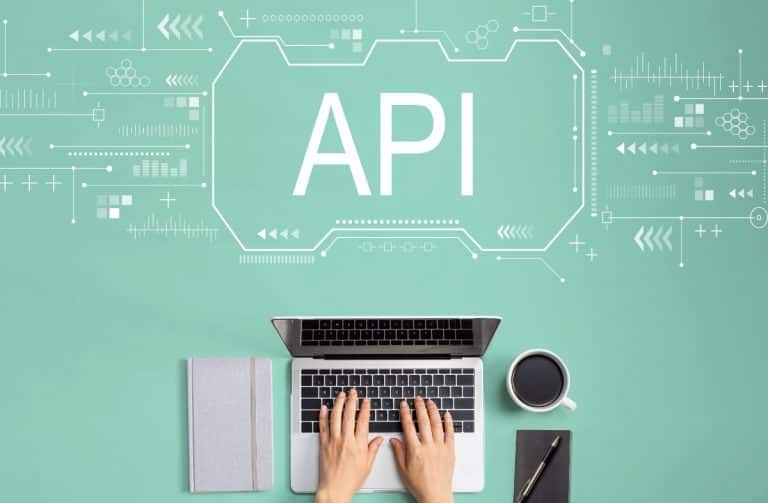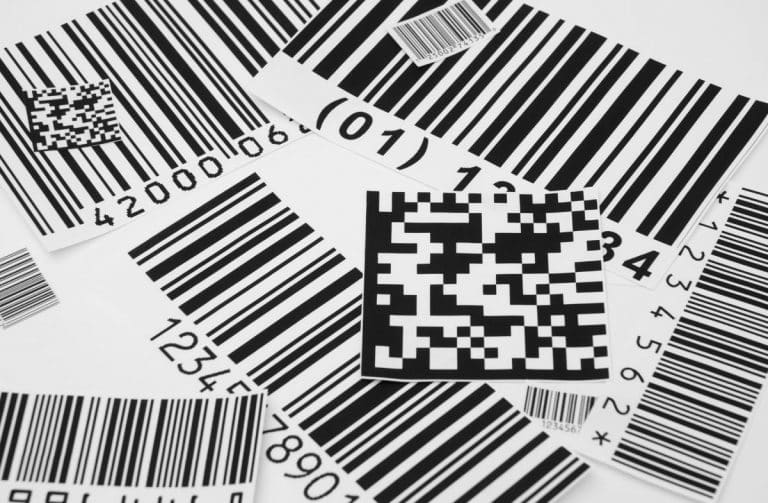In today’s interconnected global marketplace, where businesses operate across borders and consumers have access to a wide array of products from around the world, efficient product identification is paramount for businesses aiming to thrive in a competitive landscape. Every product sold must be uniquely identifiable to facilitate smooth transactions, accurate inventory management, and seamless logistics. At the heart of this identification process lie two widely used systems: the European Article Number (EAN) and the Universal Product Code (UPC). While both systems serve the same fundamental purpose, they possess distinct structures and are predominantly used in different regions. Consequently, businesses often find themselves needing to convert between EAN and UPC formats to navigate the complexities of global trade effectively.
This comprehensive guide aims to provide a deep understanding of EAN to UPC conversion, offering insights into the nuances of each system, the reasons for conversion, and practical strategies for implementation.
Understanding EAN and UPC
European Article Number (EAN)
The European Article Number, or EAN, emerged as a globally recognized standard for product identification. Developed by the International Article Numbering Association (EAN), it later gained ISO adoption, cementing its widespread usage. EANs typically comprise a 13-digit code, although variants such as EAN-8 and EAN-14 exist.
Breaking down the EAN structure:
- Number System (GS1 Prefix): The initial two or three digits denote the GS1 prefix, signifying the country or region of origin. This prefix allows for the identification of the country or region where the product originated, providing crucial information for global supply chains.
- Manufacturer Code: Following the prefix, subsequent digits identify the manufacturer or company. This segment of the code helps distinguish products from different manufacturers, enabling efficient tracking and inventory management.
- Product Code: The remaining digits delineate the specific product. This portion of the code uniquely identifies the individual product within a manufacturer’s catalog, facilitating accurate stock management and sales tracking.
Universal Product Code (UPC)
In contrast, the Universal Product Code, or UPC, is prevalent primarily in North America. Devised by George J. Laurer in 1974, UPCs are managed by GS1 in the United States. A typical UPC comprises 12 digits, though UPC-E and UPC-A variants exist.
Key components of the UPC:
- Number System: The initial digit designates the product type or industry. This digit provides information about the category of the product, allowing retailers and distributors to quickly identify the general type of item being scanned.
- Manufacturer Code: Following the number system, succeeding digits represent the manufacturer or company. Similar to the EAN manufacturer code, this segment helps identify the specific manufacturer of the product, aiding in inventory management and tracking.
- Product Code: The remaining digits specify the product uniquely. This segment serves as the unique identifier for the individual product within a manufacturer’s inventory, enabling accurate sales tracking and inventory control.
Why Convert Between EAN and UPC?
The necessity for EAN to UPC conversion, or vice versa, stems from diverse operational requirements encountered by businesses:
- Global Expansion: Companies venturing into new territories often confront varying barcode standards. Converting EANs to UPCs facilitates compliance with North American norms and enables seamless market entry. By converting product identifiers to the standard used in the target market, businesses can streamline operations and avoid compatibility issues with retailers and distributors.
- Retailer Specifications: Certain retailers or online platforms mandate specific barcode formats for product listings. Converting identifiers ensures alignment with their requirements, fostering smooth collaboration and sales. Compliance with retailer specifications is crucial for seamless integration into their systems and maximizing product visibility and sales opportunities.
- Supply Chain Integration: Streamlined supply chain operations hinge on standardized product identification. Conversion may be necessary to synchronize barcode systems across partners and enhance efficiency. By converting product identifiers to a standardized format, businesses can improve supply chain visibility and interoperability, leading to faster order processing and reduced logistical errors.
- Mergers and Acquisitions: In scenarios involving consolidation or acquisition of companies operating with disparate barcode standards, conversion harmonizes product identification, fostering operational synergy. During mergers and acquisitions, standardizing product identifiers is essential for consolidating operations and ensuring seamless integration of systems and processes.
EAN to UPC Conversion Methods
Achieving EAN to UPC conversion necessitates employing suitable methodologies tailored to business needs:
1. Manual Conversion
While viable for small-scale operations, manual conversion involves manually adjusting barcode digits according to UPC specifications. However, this approach is error-prone and impractical for extensive inventories. Manual conversion is suitable for businesses with a small number of products or those with unique barcode requirements that cannot be automated.
2. Automated Software Tools
Utilizing specialized software streamlines the conversion process, ensuring accuracy and efficiency. These tools accept EAN inputs and generate corresponding UPCs or vice versa, employing predefined algorithms. Ideal for businesses with substantial product catalogs, automated tools expedite conversion while minimizing errors. Automated software tools offer scalability and accuracy, making them suitable for businesses with large inventories or frequent conversion needs.
3. API Integration
For seamless integration with existing systems, API integration offers an efficient solution. By incorporating barcode conversion functionality into internal software platforms, businesses automate the process within their workflows, eliminating manual intervention and enhancing productivity. API integration allows for real-time conversion and seamless integration with existing inventory management systems, reducing manual errors and streamlining operations.
4. Outsourcing to Service Providers
Engaging specialized service providers offers expertise and efficiency, particularly for large-scale conversion projects. These providers possess in-depth knowledge of barcode standards and can ensure accuracy and compliance with industry regulations, alleviating the burden on internal resources. Outsourcing to service providers is beneficial for businesses with limited internal resources or expertise in barcode conversion, allowing them to focus on core operations while relying on specialized expertise for conversion tasks.
5. Hybrid Approaches
Hybrid approaches combine manual and automated methods or implement conversion in phases, providing flexibility and customization. Businesses can tailor the approach to their unique requirements, leveraging the benefits of both manual intervention and automated efficiency. Hybrid approaches offer flexibility and customization, allowing businesses to adapt conversion methods to their specific needs and constraints.
Best Practices for EAN to UPC Conversion
Implementing best practices is imperative to ensure a seamless and successful conversion process:
1. Data Validation
Thorough validation of input data is crucial before initiating conversion, safeguarding against inaccuracies and inconsistencies. Verifying EANs, detecting duplicates, and ensuring data integrity are essential preconversion steps. Data validation ensures that the conversion process begins with accurate and reliable input data, minimizing errors and ensuring the integrity of the converted UPCs.
2. Quality Assurance
Robust quality assurance measures, including regular audits and testing, mitigate the risk of errors and discrepancies during and after conversion. Upholding data integrity is paramount for uninterrupted operations and customer satisfaction. Quality assurance processes ensure that the converted UPCs meet the required standards and accurately represent the corresponding products, minimizing errors and ensuring customer satisfaction.
3. Documentation and Record Keeping
Maintaining comprehensive documentation of the conversion process, including mappings and audit trails, facilitates traceability and compliance. Accurate record-keeping enables efficient troubleshooting and transparency in audits or inquiries. Documentation and record-keeping provide a clear audit trail of the conversion process, allowing businesses to track changes and identify any issues or discrepancies that may arise.
4. Compliance with Regulations
Adhering to relevant regulations and industry standards, such as GS1 guidelines, ensures compliance and interoperability. Businesses must stay abreast of regulatory requirements specific to target markets or industry sectors. Compliance with regulations ensures that the converted UPCs meet the required standards and can be used effectively in the target market, minimizing the risk of non-compliance and associated penalties.
5. Communication and Training
Effective communication and training initiatives educate stakeholders on the conversion process and its implications. Proactive engagement fosters understanding and buy-in, minimizing resistance to change and promoting a smooth transition. Communication and training ensure that all stakeholders are aware of the conversion process and understand how it will impact their roles and responsibilities, reducing resistance to change and facilitating a successful conversion.
6. Continuous Improvement
Continuously monitoring and evaluating the conversion process enables refinement and optimization over time. Soliciting feedback and incorporating lessons learned facilitate ongoing improvement, enhancing operational efficiency and adaptability. Continuous improvement ensures that the conversion process remains effective and efficient, allowing businesses to adapt to changing requirements and optimize their processes over time.
Conclusion
In the dynamic realm of global commerce, adept management of product identifiers is indispensable for sustained success. Whether navigating international markets, aligning with retailer specifications, or enhancing supply chain efficiency, businesses must leverage EAN to UPC conversion as a strategic tool.
By comprehending the nuances of EAN and UPC systems, adopting appropriate conversion methods, and adhering to best practices, businesses can streamline operations, foster interoperability, and capitalize on diverse market opportunities. With meticulous planning and execution, EAN to UPC conversion emerges not only as a necessity but as a catalyst for growth and competitiveness in the evolving landscape of global commerce.
Transform Your eCommerce Strategy with Cluster
Join Cluster today and revolutionize your approach to global retail. Our EAN to UPC conversion tool is just the beginning. Experience a suite of solutions designed to propel your business forward in the digital age. Book a Demo!




